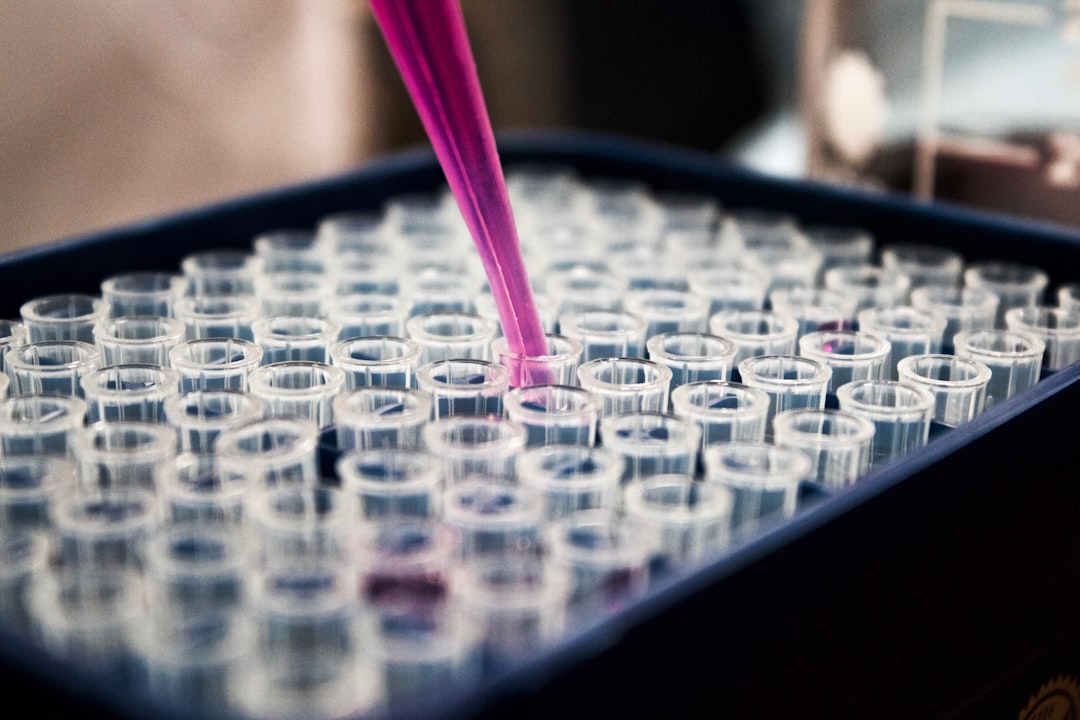What is it about?
Psoriasis is a recurrent and debilitating disease. The existing topical treatments such as emollients, coal tar and dithranol had lower efficacy and cosmetically unacceptable, while systemic therapies such as methotrexate, cyclosporine and acitretin had significant side effects. Overexposure to ultraviolet (UV) radiation can cause a number of skin disorders such as erythema, edema, hyperpigmentation, immunosuppression, photoaging and skin cancer. Since the level of UV radiation is increasing as a result of depletion of the stratospheric ozone and climate change, the protection of human skin against the harmful effects of UV radiation is an urgent need. Hence in this study, antipsoriatic activity of phytomedicine extracted from Woodfordia fructicosa and Gardenia gummifera is evaluated using UV Radiation induced psoriasis in experimental rats.
Featured Image
Why is it important?
Ethanolic extract of Woodfordia fructicosa flowers and Gardenia gummifera leaves decreased severity index, epidermal thickness as well as other histopathological features and also increased hydroxyproline content. From the preliminary in vivo study we concluded that extractive Phytoconstituents of Woodfordia fructicosa flowers and Gardenia gummifera leaves have potent anti-psoriatic activity. Further research is warranted to elucidate the specific phytoconstituent/s involved.
Read the Original
This page is a summary of: Evaluation of potent phytomedicine for treatment of psoriasis using UV radiation induced psoriasis in rats, Biomedicine & Pharmacotherapy, December 2016, Elsevier,
DOI: 10.1016/j.biopha.2016.10.027.
You can read the full text:
Contributors
The following have contributed to this page










